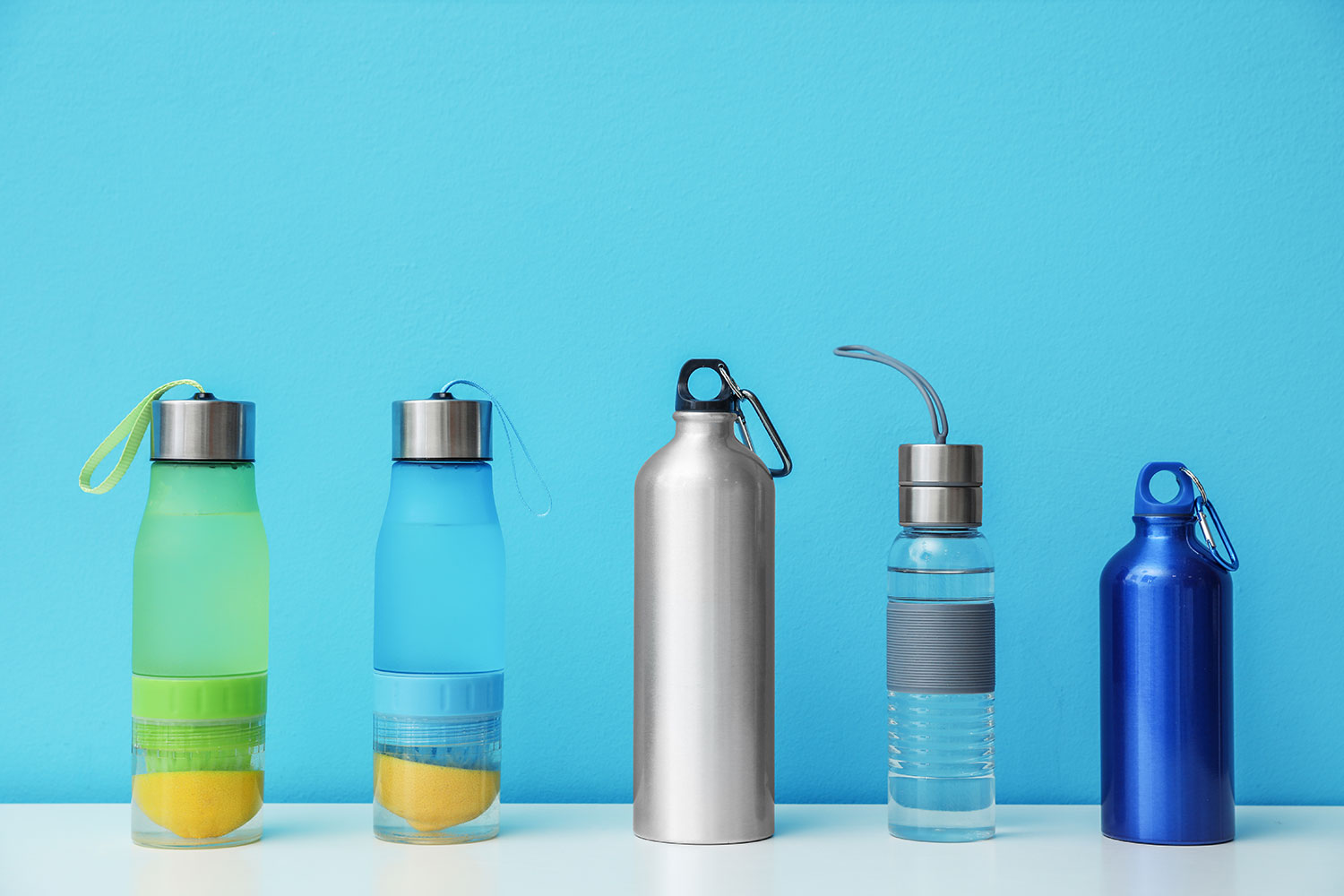Is reusable beverage packaging better than single–use plastic?

It's a choice many of us face every day: grab the convenient single-use plastic bottle or take a moment to fill up a reusable container? We intuitively feel one is better, but how much better? A comprehensive new study in the journal Sustainable Futures provides a definitive answer, and the results are crystal clear.
Researchers Ibrahim Issifu and U. Rashid Sumaila conducted a detailed "Life Cycle Assessment" (LCA) to compare the environmental and economic impacts of seven different types of beverage containers. This "cradle-to-grave" analysis examined everything from raw material extraction and manufacturing to transportation, use, and final disposal.
The contenders included reusable glass bottles, reusable Polyethylene Terephthalate (PET) bottles, and reusable Polypropylene (PP) cups, which were pitted against their single-use plastic counterparts (with and without recycled content). The findings show that on virtually every metric, reusable systems are overwhelmingly superior.
Reusables Win Across the Board
The study's findings are stark. When comparing key environmental impacts for a 330ml beverage, reusable containers consistently outperform single-use plastics.
- Carbon Footprint: Reusable options, particularly PP cups, have the lowest carbon emissions. Single-use PET bottles, especially those made without any recycled material, generate the highest emissions.
- Solid Waste: Reusable systems produce minimal waste when part of a well-managed collection and cleaning system. In contrast, single-use containers are a primary source of packaging-related pollution.
- Water & Energy Consumption: Reusable containers use significantly less water and energy over their lifespan compared to the constant production of new single-use items.
- Economic Cost: While reusable systems require a higher initial investment, they deliver significant long-term savings by reducing the need for raw materials and lowering waste treatment costs.
As the chart below from the study shows, reusable options (the top three bars in each category) have a dramatically lower environmental impact than single-use options (the bottom four bars).
 A summary of findings from the study, showing reusable packaging performing best across all environmental and economic metrics.
A summary of findings from the study, showing reusable packaging performing best across all environmental and economic metrics.
Doesn't Recycling Solve the Problem?
While recycling is beneficial, the study confirms it is not a silver bullet. Incorporating recycled material into single-use bottles and cups does reduce their environmental footprint, but they still lag far behind reusable alternatives in overall sustainability. Reusing a single glass bottle 25 times, for example, prevents 24 single-use bottles from entering the waste stream in the first place.
Making Reusables Work: Lessons from Germany
The study highlights Germany's advanced Deposit-Return System (DRS) as a successful model. By providing a financial incentive for consumers to bring back containers, the system achieves return rates of over 98%. This ensures the containers are efficiently collected, washed, and redistributed, maximizing the environmental benefits of reuse.
The Takeaway
The science is clear: reusable beverage containers are a profoundly more sustainable and economical choice than single-use plastics. The path to reducing plastic pollution and curbing carbon emissions in the beverage industry lies in investing in robust infrastructure for reuse. For consumers, the choice is simple. Opting for a reusable container is one of the most impactful daily decisions you can make for the health of our planet.
Source: Issifu, I., & Sumaila, U. R. (2025). Is reusable beverage packaging better than single-use plastic?. Sustainable Futures, 10, 101275.